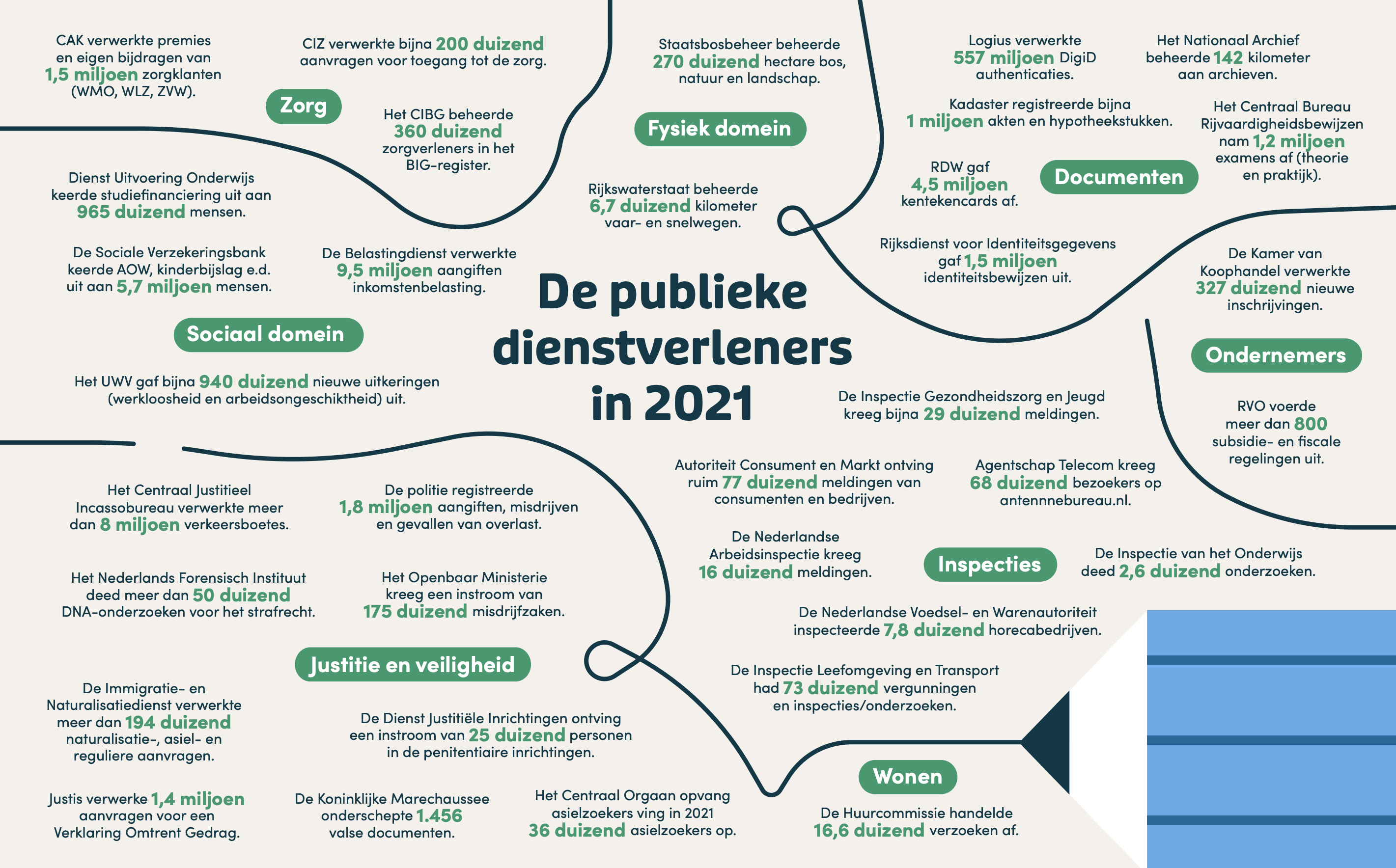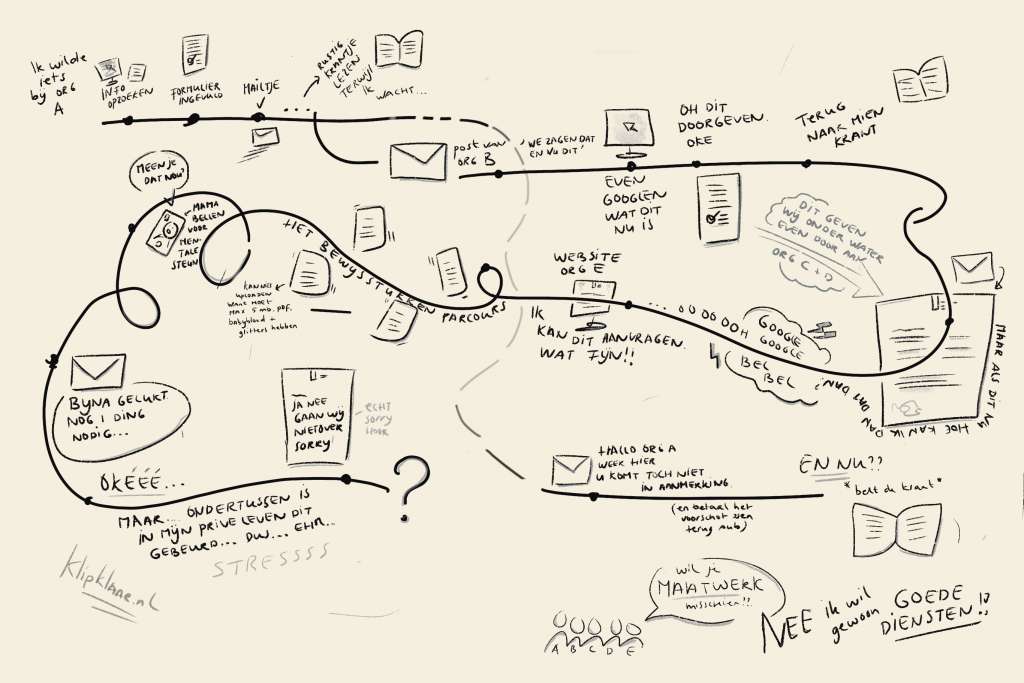Every research, including action research, starts with a good foundation. In previous blogs I shared the big plan and approach for the coming years. This first year is a preparation year and I mainly work on the foundation: what will I research and a plan how.
In this blog I will tell you about this first step: how I dive into the literature and thus lay a foundation for the research years that follow.
This blog is a summary of this more extensive literature review design. literature review design (in Dutch). This is my working document and changes from time to time. Do you want to follow the research closely? Sign up for my monthly newsletter.
Momentum for good services
Since the benefits affair came into the news around 2019, the human dimension has been high on the government’s agenda. In February 2021, the Temporary Committee for Implementing Organizations (TCU) made recommendations to bring back this human dimension to the government. Together with the child care benefit affair as a trigger, this resulted in the great government improvement program, Werk aan Uitvoering (Work to Execute).
Last week, for example, their the State of Execution came out with a thorough analysis of what is going wrong and could be better in services for citizens and business owners.
And I like it that they now increasingly call themselves public service providers – focused on the citizen – instead of as before implementing organizations – focused on the ministry. I need to update that on this blog as well :).

So for several years now, there has been political and administrative momentum to improve government services.
This is good news because in previous years, several organisations were already actively advocating to put services higher on the agenda. The National Ombudsman continuously appealed to the government with his reports. Gebruiker Centraal (User Central) found ground within the government and is increasingly growing as a collaborative effort for and by professionals within the (executive) government.
The report “Knowing is not yet doing” by the Scientific Council for Government Policy (WRR) also created quite a stir in the government. The WRR warns the government that it often overestimates the mental capabilities of citizens. They introduce the term act-ability, as a counterpart to ‘thinking’ abilities.
In this video, researcher Anne-Greet Keizer explains what is meant by that:
As a follow-up to Knowing is Not Yet Doing, the WRR came up with the guidebook From Test to Tools to conduct an act-ability test. WRR member Mark Bovens was questioned by the TCU about the report. In his questioning, and later in the Scheltema Lecture 2021, he suggested that the government should become proficient in service design and UX.
Haa! That’s my area of expertise.
Service design and UX design are certainly not new fields, and government, especially at the operational level, has also made strides over the past decade. In some organizations, there are UX teams, CX officers, customer journey managers, user researchers, etc. There is even an ISO standard for human centered design!
New dilemmas
At the same time, not only the call for more humanity has become stronger, but also that for customization. Both terms are regularly used interchangeably and are not yet defined, according to the Dutch School of Public Administration (NSOB).
Government services are highly automated at most organizations and “going back” to manual handling combined with individual customization on a large scale is not obvious. It also, as the NSOB describes, brings with it all sorts of new dilemmas (including legal ones such as the legality of government decisions). Directors fear that the pendulum will swing the other way.
We seem to be skipping in the momentum that there can also be good (digital) services that are user-friendly and connect to citizens’ lives. I elaborated on this thought earlier in the blog This is not about customization.

What I want to know: how can the government create and offer services to citizens while maintaining both the efficient nature of automation and legal legitimacy but also assuming a realistic perspective of citizen resilience?
The field of user centered service design has already proven itself in the non-public sector and seems to have potential for government as an organization as well. What will it take for this to mature? What are the reasons why this is not working and what needs to change for this to happen? What does this mean for the design and management of our government as an organization?
In short, my main question for this year:
What helps and hinders the realization of user-centric services in governments?
With this (literature) research, I aim to increase knowledge about applying user centered service design in government with the goal of making government services “doable” for citizens.
This will be the basis for getting started in the following years. I naturally devide this main question into a number of sub-questions.
The three most important are:
- What is “the state of the art” when it comes to user-oriented design of services? For this, I also need to look at what services actually are.
- How do governments create services and how have they organized themselves for this purpose? How does one affect the other?
- How mature is the government in realizing (at both strategic and operational levels) user-centered service delivery?
This month I tackle that first question. So prepare for a deep dive into the world of service delivery and user-centered design.
